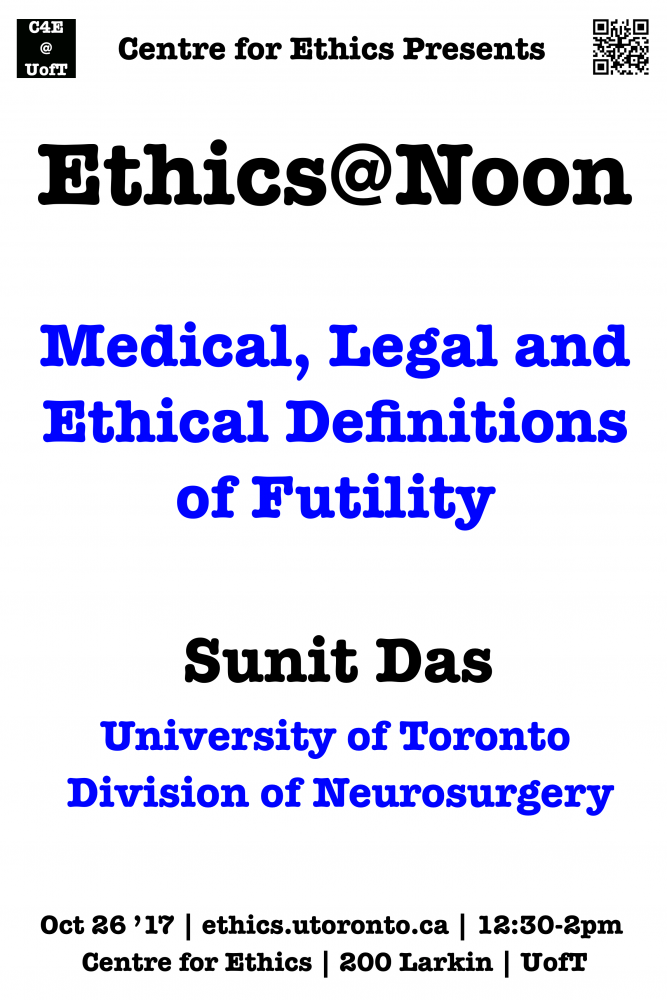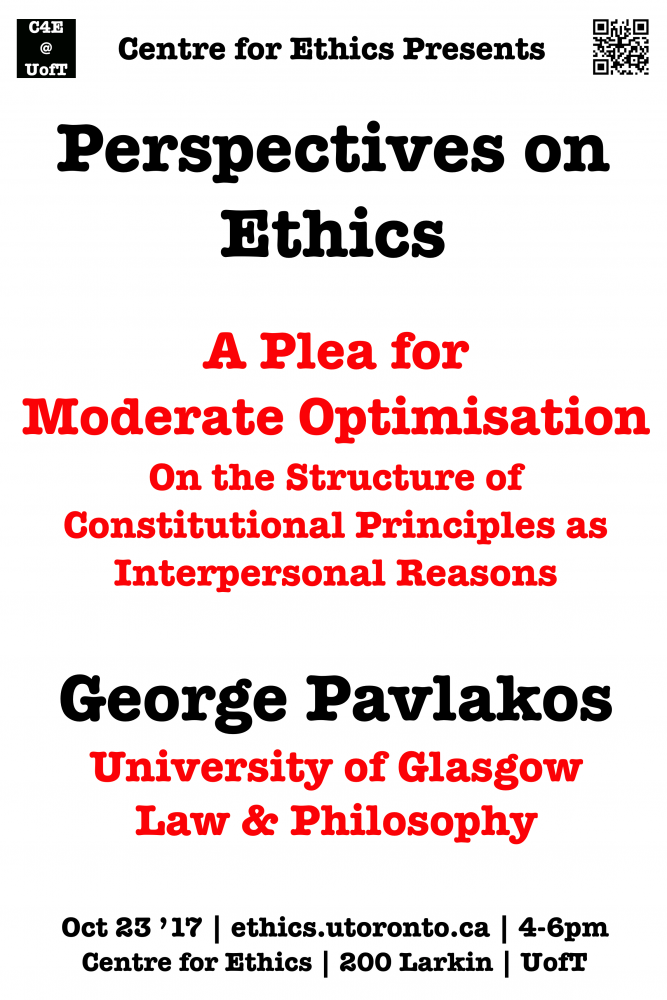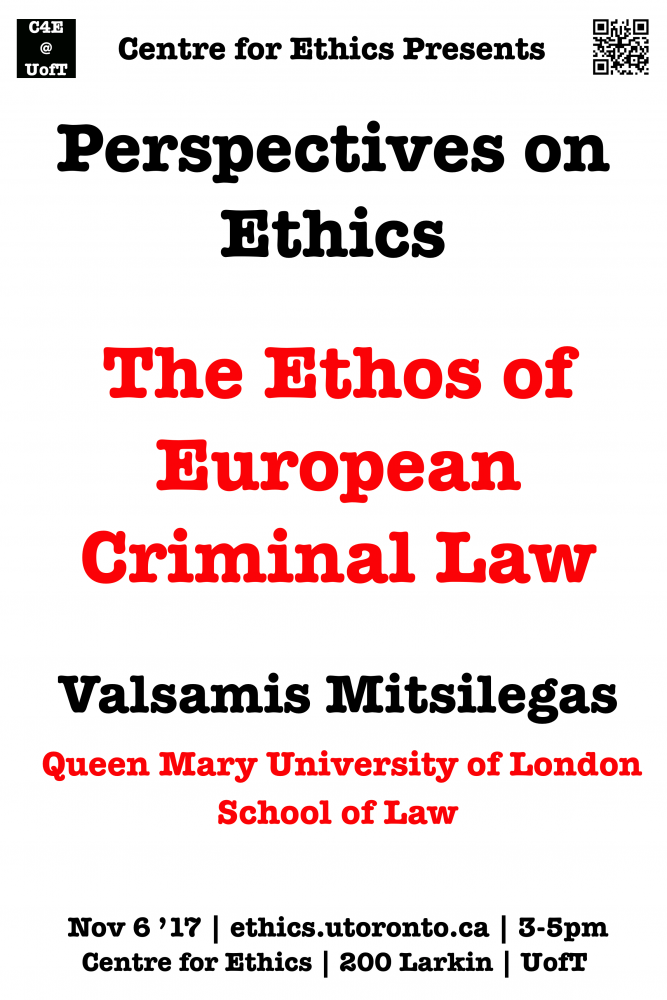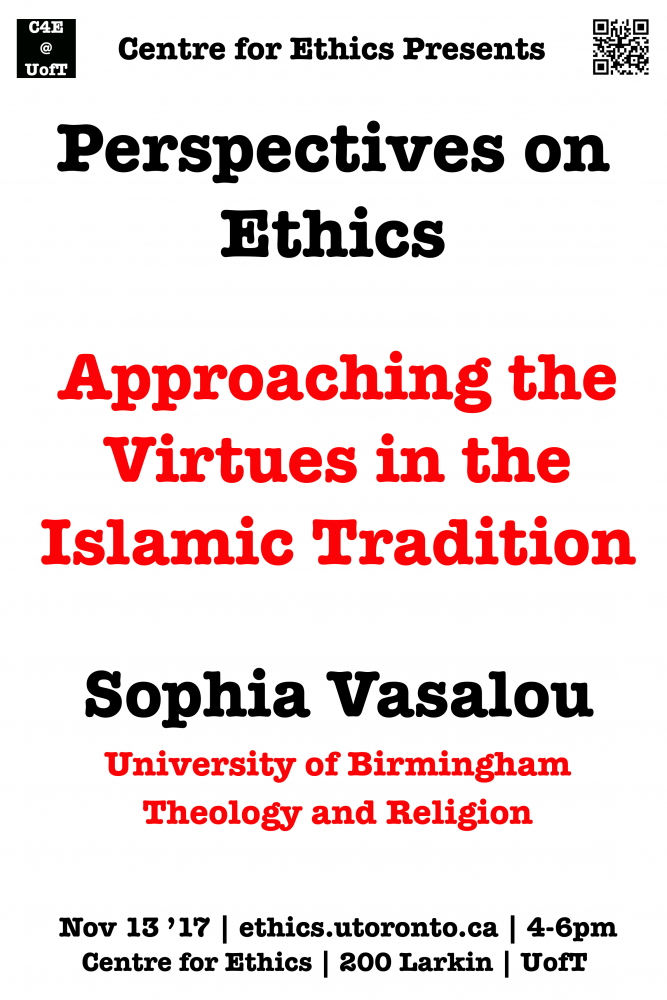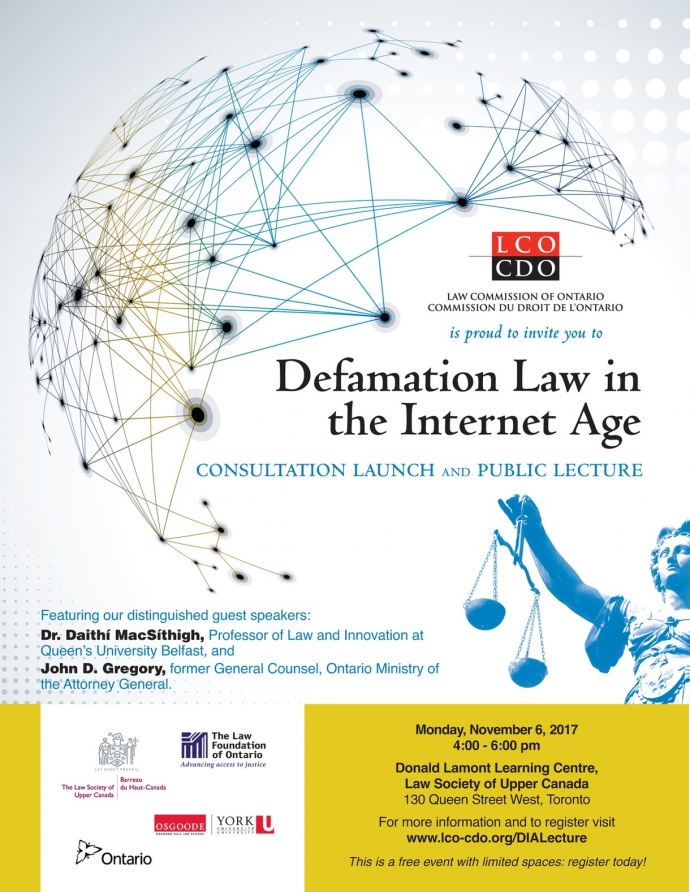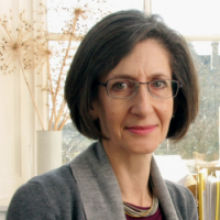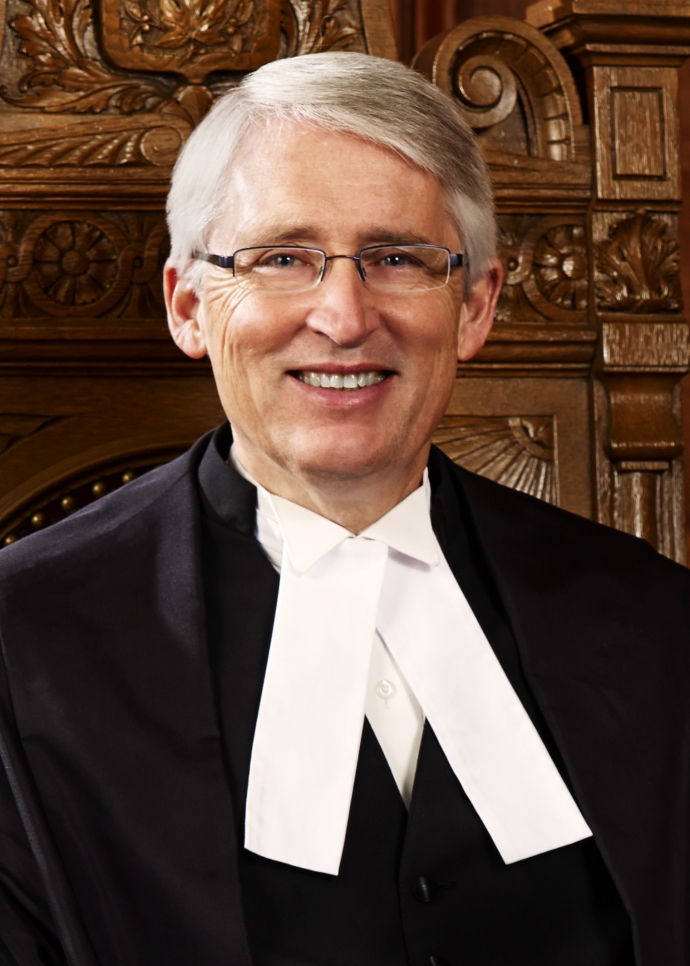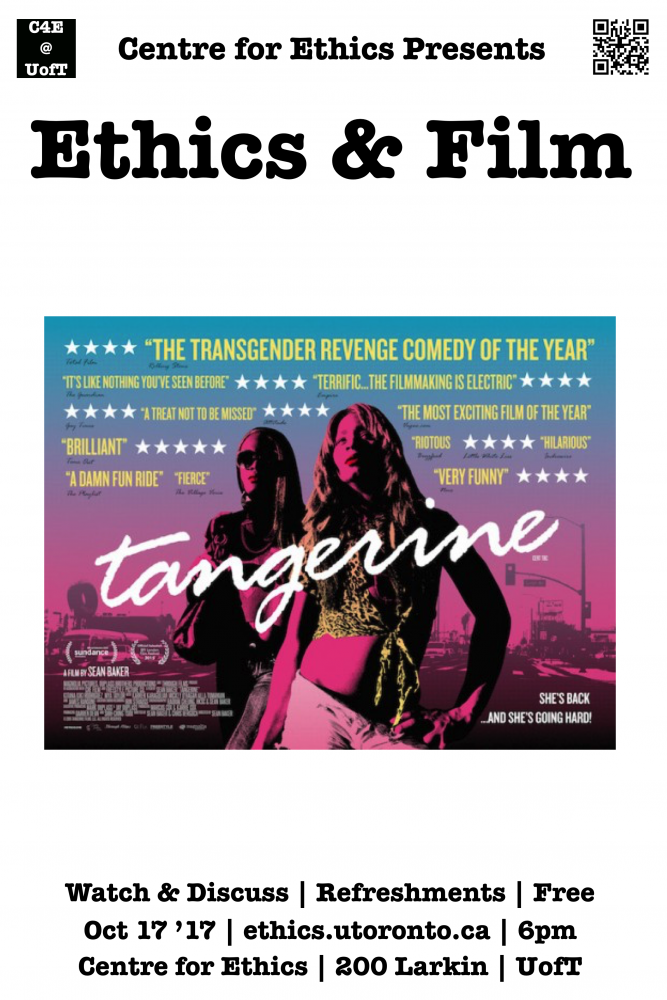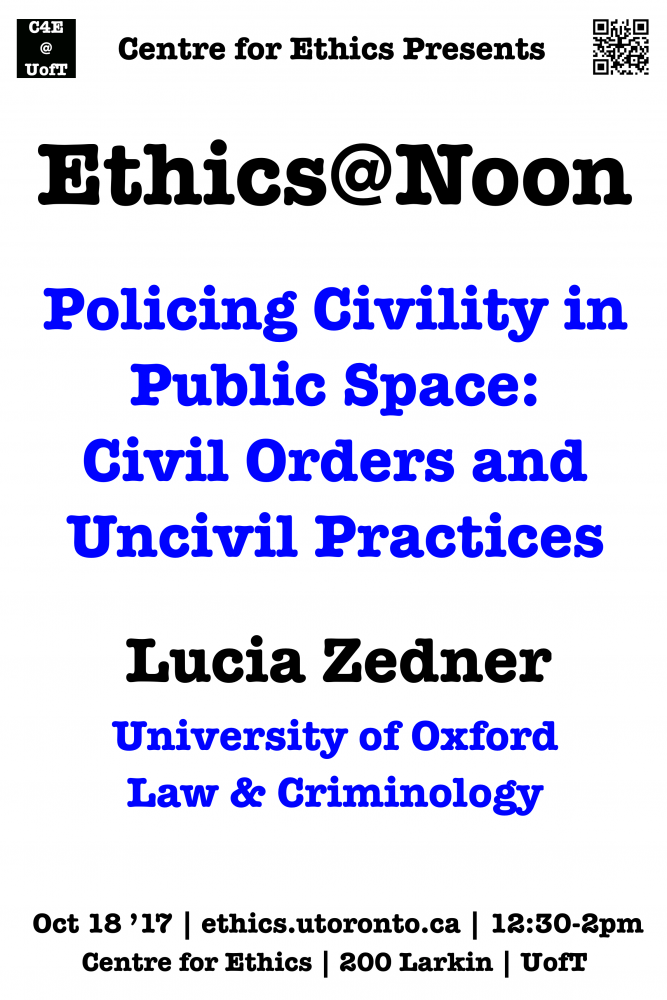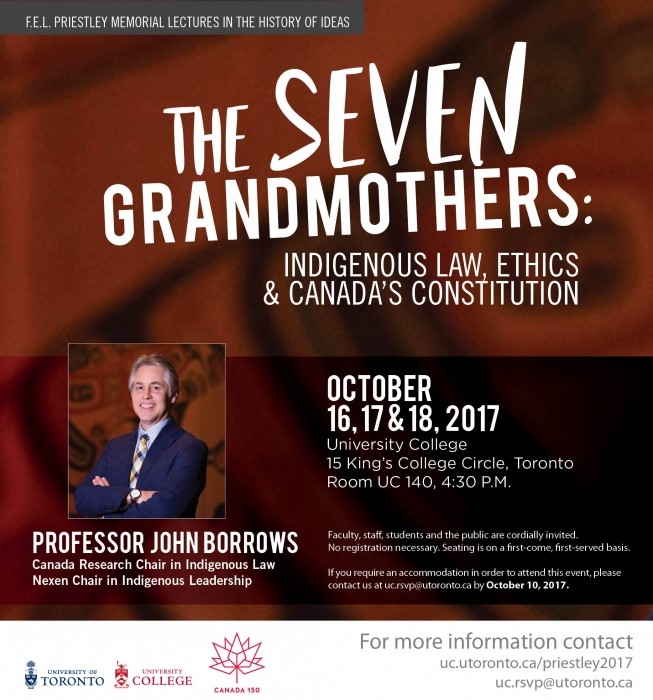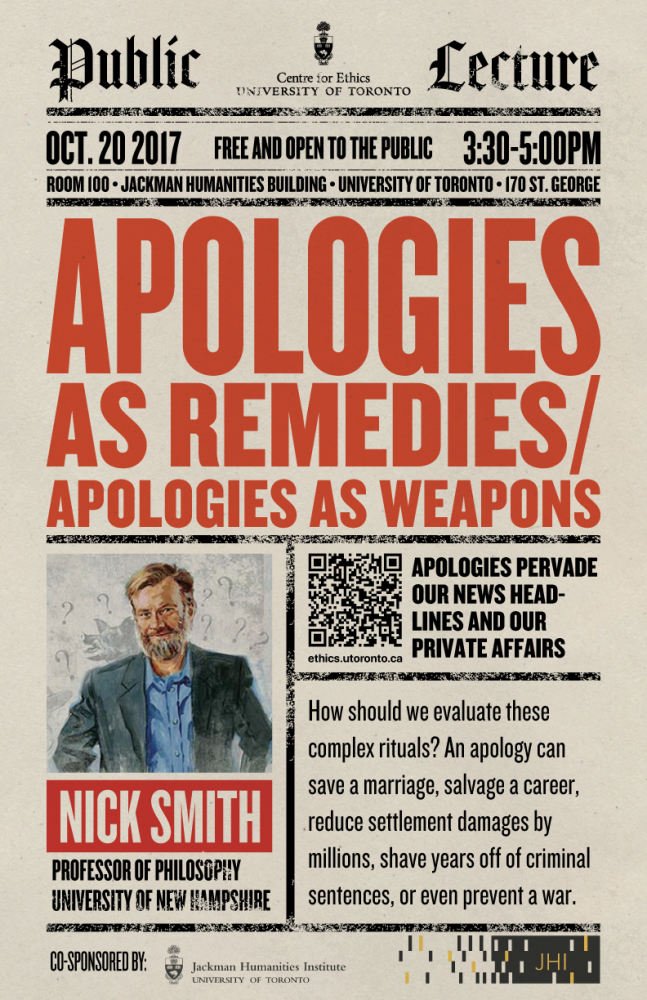Runnymede Society
hosts
Justice Peter D. Lauwers
Liberal Pluralism and the Challenge of Religious Diversity
The Runnymede Society is pleased to host Justice Peter D. Lauwers of the Court of Appeal for Ontario, who will deliver a lecture on "Liberal Pluralism and the Challenge of Religious Diversity" (abstract below). All members of the law school community are invited to attend this event.
Note: The topic of the lecture has been updated.
Food and refreshments will be provided.
Date: October 19, 2017
Time: 12:30 pm - 2:00 pm
Location: J130
Please RSVP to utoronto@runnymedesociety.ca.
The Honourable Peter D. Lauwers was appointed to the Ontario Superior Court of Justice in July 2008 and elevated to the Court of Appeal in December 2012. Justice Lauwers presided over cases in all the areas of the Superior Court’s operations, including civil, criminal, family, and class actions. Prior to his appointment, Justice Lauwers was a partner at Miller Thomson LLP, where he practiced civil litigation, constitutional law, human rights law, and administrative law.
In our society, and in our liberal democratic polity, diverse ways of living and the diverse moral commitments they represent must be reasonably accommodated if there is to be peace, order and good government. Religious diversity presents a particular challenge. At the broadest level, the question is: to what extent can a liberal democracy like Canada accommodate moral diversity, with religion being perhaps the most difficult challenge?
Some seek to tame religion through some form of public secularism, which leads to the question, is there a right kind of secularism in a liberal democracy? Others seek to tame religion by privatizing it, which leads to more questions: where is the border between the public and private spheres to be located? And should there be limits on public religious expression in the public square? The debates hover around a core issue: on what must we agree to maintain a viable civil society?
The debates illuminate and provide the resources to analyze the legal doctrine of freedom of religion as it has been developed in the case law of the Supreme Court of Canada. I conclude by posing several difficult questions any court venturing into the arena of religious freedom will face: what is to be the framework for resolving conflicts between rights?



